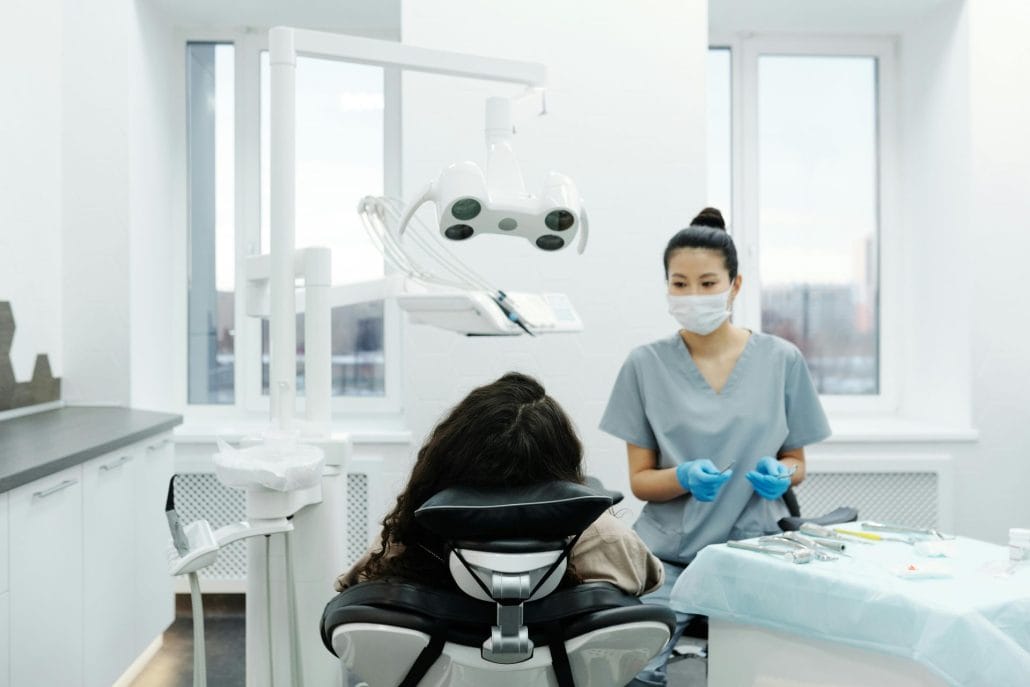- Office Hours Mon - Fri 9:00 am – 4:00 pm EST

In his groundbreaking book, Thriving on Chaos, Tom Peters proclaims, “What gets measured gets done.” He further explains, “Develop simple systems that encourage participation and understanding by everyone.” In other words, measure what’s important. Create measures of what is happening in your practice and empower staff to take action to achieve improvement. Keep what you track simple, paring it down to a few essential statistics that can capture the vitality of your practice at a glance. Anything you want to improve should be measured and monitored regularly. Let’s dive into ways you can track your key dental practice performance metrics.
Determine what is important and your key dental practice performance metrics to the lifeblood of your practice, but don’t ignore non-financial measures, such as laboratory quality control, adherence to hygiene departmental protocol, or patient satisfaction. Ultimately, the staff will consider what you track as important. By not paying attention, you won’t be able to react until it is too late, keeping you from getting things done, making you appear indecisive, and preventing you from delivering on promises and commitments—which is certainly not the formula for a winning team. However, too many offices operate without any real direction, having a direct impact on employee development and practice progress. As a result, individual staff members may form cliques and resort to uncoordinated efforts to get things done.
So, what causes this inability for dentists to take action? Usually, the failure to put the right people in the right jobs leads to problems in the workforce. Oddly enough, doctors admit to knowing there are performance issues with certain staff members, but they choose to ignore it, hoping the employees can resolve it on their own. To make matters worse, the rest of the staff is aware of problematic employees, but the doctor usually does not seek their advice to address the matter. When a staff member is underperforming, ignoring the problem is bound to make it worse. Strong leaders encourage and stretch the abilities of talented staff.
Once the decision has been made to challenge your staff, you must commit to tracking their progress in detail through regularly scheduled review sessions that conclude with comprehensive constructive Actions Plans that outline the employee’s goals until the next review session (usually six months). Effective leaders begin by focusing on clear and specific goals. With clear goals, effective doctors implement them in a way that appears simple, but produces profound effects. At the end of every staff meeting or employee review, doctors should create an Action Plan.
Note exactly what is supposed to be done by whom and by when. Then, discuss the steps that should be taken and how you will assist them. You can then review this agenda before you adjourn and make it the first thing you review the next time you meet. As simple as it may seem, this process is the first step in learning to get things done. It is the doctor who brings these habits into a practice where they did not exist before. Now under your renewed direction, the whole tone of the office changes as staff members prepare for meetings differently.
Sure, keeping track of assignments, following up on them, and evaluating progress seems boring, but it’s a routine you should learn to embrace. In underperforming practices, many dentists find no reward in continually improving systems and procedures. They rant, “Why can’t the staff just do this by themselves?” They’re afraid of being seen as too controlling. However, Dr. Dawson teaches us that where there are no controls, you will find control freaks. Ironic, but true, especially if there is no way to determine progress, meaning dentists must constantly check and recheck.
This waste of time keeps the doctor from focusing on the staff and patient care. Time-efficient doctors who are engaged in what is happening in their practice are hungry for information, including information about daily and hourly production, collections, bad accounts, the schedule, incomplete treatment, hygiene therapy, supplies, equipment, and even the facility. They never want to be the last to know. They use meetings as an opportunity to have their staff bring data to them to be evaluated. By incorporating measures and tracking results of your key dental practice performance metrics, staff can self-monitor their progress and offer solutions to problems, facilitating their ability to understand the goals and vision of the practice. Developing measures and monitors saves time and allows the doctor to lead the practice and work toward fulfilling commitments and promises.
Looking for more dental practice management courses?
Join us for A Dental MBA in A Day

ADA CERP is a service of the American Dental Association to assist dental professionals in identifying quality providers of continuing dental education. ADA CERP does not approve or endorse individual courses or instructors, nor does it imply acceptance of credit hours by boards of dentistry.
Concerns or complaints about a CE provider may be directed to the provider or to the Commission for Continuing Education Provider Recognition at ADA.org/CERP.